NFTs are extremely popular, particularly in the art and collectibles industries. However, their applications go beyond pure digital art. Use them to buy virtual world land, get in-game items like avatars, publish and license next-gen music assets, purchase event tickets, and access exclusive content. You can also get your hands on the edition digital products.
You’ll be surprised by what statistics show about the rise of NFTs.
According to BlueWeave Consulting, a market research firm, the non-fungible token (NFT) market will be worth $4.36 billion in 2021, with a projected growth of $4.36 billion from 2022 to 2028 and a CAGR of 23.9% in its most recent study.
By the end of the forecast period, the market had grown to a whopping US$19.57 billion.
As a result, NFT-based marketplaces have emerged and spread throughout the cryptocurrency community. What exactly is NFT?
NFT is an abbreviation for Non-Fungible Token. It is a blockchain-based digital asset with a unique identification code that aids in maintaining uniqueness. Another intriguing feature of NFTs is their inability to be cloned or manipulated.
As a result, tokenization facilitates efficient buying, selling, and trading while decreasing the likelihood of transaction fraud.
What exactly is blockchain?
Blockchain is a decentralized software network that serves as a digital ledger as well as a mechanism for securely transferring assets without the use of an intermediary.
Blockchain technology enables the digital exchange of units of value, much like the Internet is a technology that enables the digital flow of information.
These blockchains function as distributed ledgers, allowing the ownership and transaction history of each NFT to be tracked.
Users can create and sell digital assets on NFT platforms or marketplaces like OpenSea and SuperRare.
What exactly is the NFT Marketplace and how does it operate?
NFTs, unlike Bitcoin and other fungible tokens, cannot be directly traded. Instead, a platform called NFT-Marketplace is required.
Identify the digital artwork, game content, sports memorabilia, collectibles or soundtracks you want to convert to NFTs.
Tip: Adapting your NFT platform’s layout to meet your target audience’s needs will help you generate more traffic and expand your customer base.
- Concentrate on Your Specialization:
Primarily, your custom NFT marketplace design must be appropriate for your selected niche.
It could be influenced by digital artwork, video game content, sports memorabilia, other collectibles, or even music.
Remember that optimizing the layout of your NFT platform to meet the needs of your specific target audience will allow you to drive more traffic and expand your customer base.
- Select the best blockchain network for your needs:
Blockchain is a distributed database that keeps track of transactions.
NFT creators sell NFTs and receive royalties through the NFT platform or marketplace. Creators sell their tokens and receive royalties through the NFT platform or marketplace.
Other users are also using the NFT platform to buy, store, and resell her NFTs. All NFT Marketplace transactions are recorded on their respective blockchains. The NFT Marketplace requires a blockchain network that is strong, secure, scalable, and interoperable. As a result, the first step in NFT platform development is to select the appropriate blockchain network.
Ethereum, Polkadot, Stellar, and Tezos are among the most demanding blockchain networks. Ethereum is one of the most well-known blockchain networks. Before making a decision,
Take into account the following factors when considering blockchain:
• Transactions and the Costs of NFT Development
• Robustness of Smart Contracts
• Resistance to Blockchain Forks
- Select cutting-edge, best-in-class features:
Implement and optimize all best-in-class features on your NFT platform.
Unique features can distinguish the NFT Marketplace from similar platforms and increase its value in the industry. As a result, when developing an NFT Marketplace, the features to be implemented should be carefully considered.
So, be specific about the features you want to add based on the requirements of your project. In addition to adding necessary functionality, it employs a variety of options such as interoperability, 3D displays, social media interaction elements, and so on.
- Create an easy-to-use user interface:
This is critical to ensuring secure and trouble-free NFT trading with no glitches or errors. Furthermore, an exemplary user interface can help you stand out in the NFT market.
So the trick is to present functionality in the best way possible while remaining aesthetically pleasing, straightforward, user-friendly, and responsive.
You can supplement the intuitive user interface with guides and tutorials to assist first-time users.
Read Also:B2B marketplace can get your business a Global reach
- IPFS and Database Storage Development:
Following that, we must create an immutable and secure database.
This database is in charge of storing all sensitive and private information for user and administrator profiles. The database also includes info on their NFTs. IPFS, or Interplanetary File System, is a distributed file and information system that stores and shares data.
IPFS enables NFTs to represent data of any format and size in a secure, distributed, and long-lasting manner.
- Interoperability with Third-Party Services:
Payment gateways, crypto wallets, social media, and email services must all be integrated into a successful NFT Marketplace. Find out whether these are the only tools you need, or if there is any additional integration needed for this platform. Everything is dependent on your company’s requirements.
- Make a smart contract:
At this point, we must initiate the transaction and create the NFT automatically when the terms of the sale are met.
Create a smart contract for a variety of reasons. First and foremost, it is backed by dependability and dependability.
The smart contract you create should be customized to provide the functionality you require to perform in the NFT marketplace.
- Deployment and testing:
Bugs and errors tend to degrade the platform’s user experience. As a result, testing is vital in ensuring a trouble-free user experience. Once the NFT platform is complete, we can run tests with various parameters. Quality testers, for example, can be used to test the usability, functionality, and other aspects of the NFT Marketplace.
Products that have been thoroughly tested are ready to go, eliminating any expected or unexpected deviations and loopholes in real time.
Conclusion:
The NFT craze is far from over. On the contrary, the domain is attracting an increasing number of individuals, celebrities, businesses, and entrepreneurs who are interested in learning how to create a customized and unique NFT marketplace to participate in this game.
Elite mCommerce can assist you in developing a robust NFT marketplace.
With so many large-scale NFT marketplaces gaining popularity in the cryptocurrency world and large user bases, it is critical to choose a well-developed NFT marketplace business.
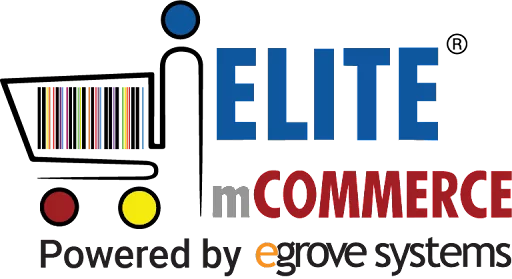



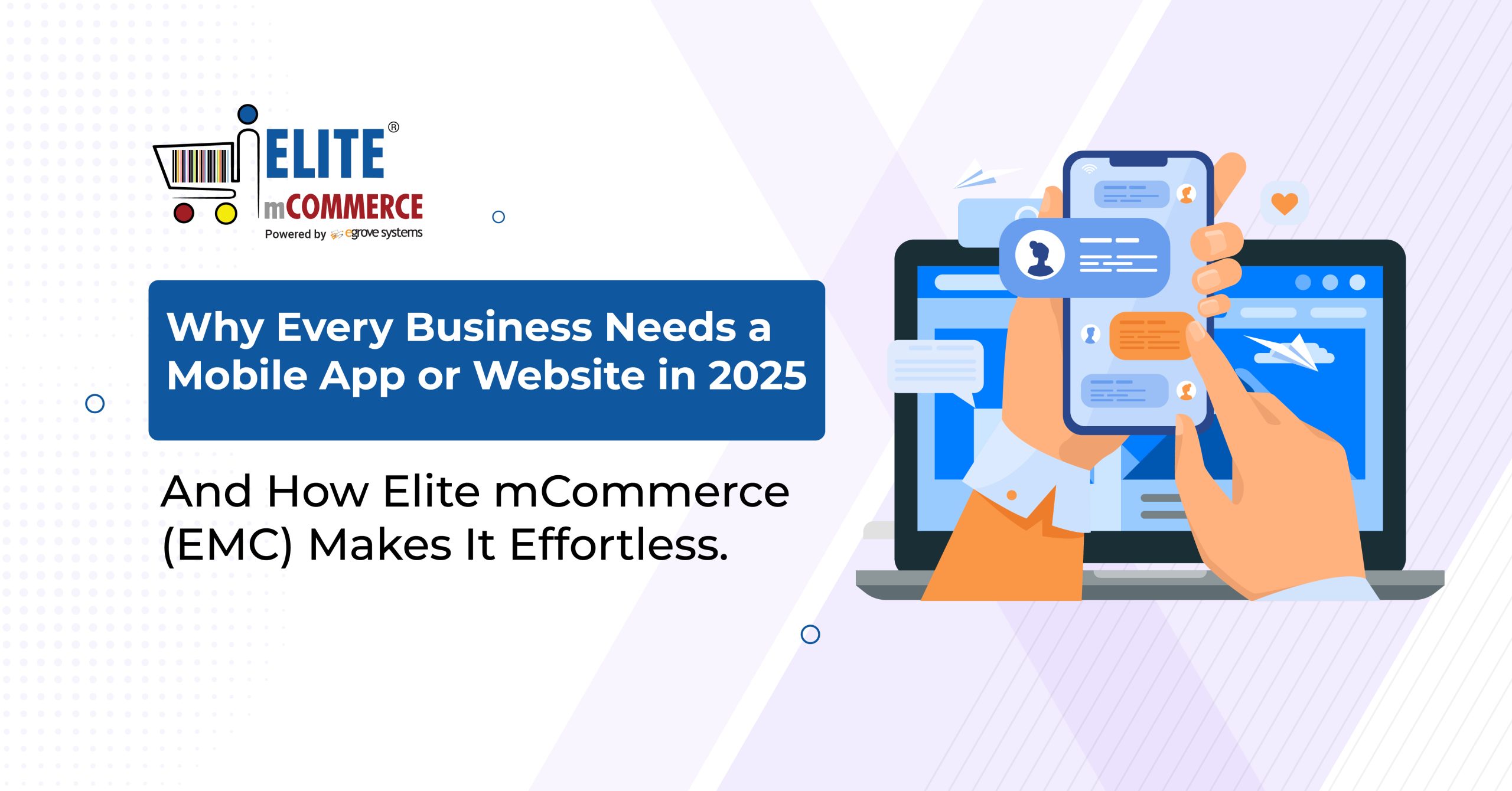
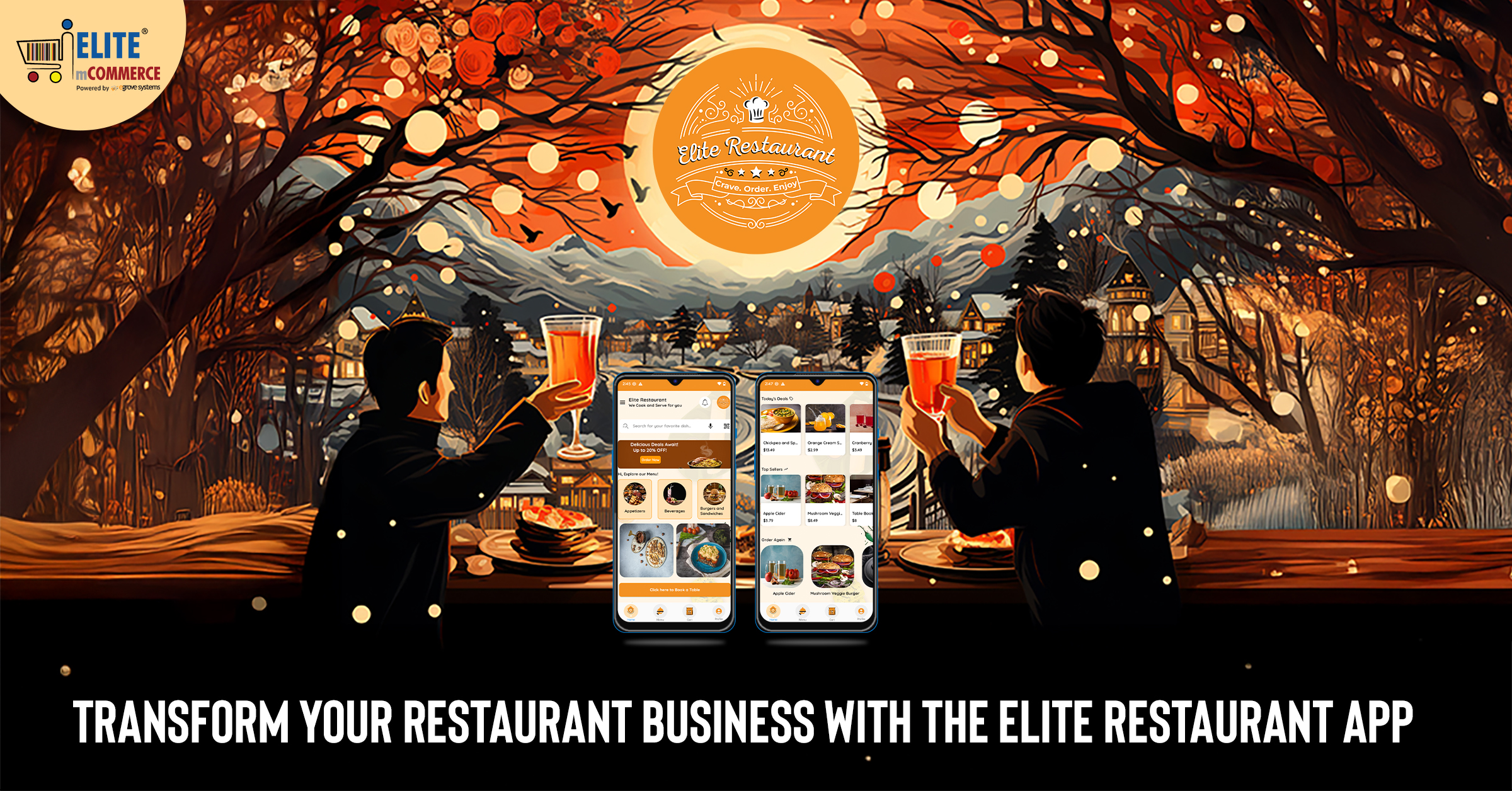

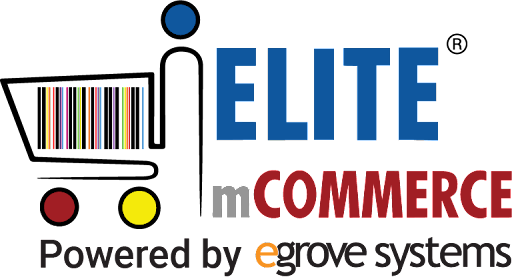
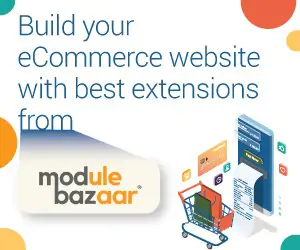
Thanks for sharing these kind of awesome blog!